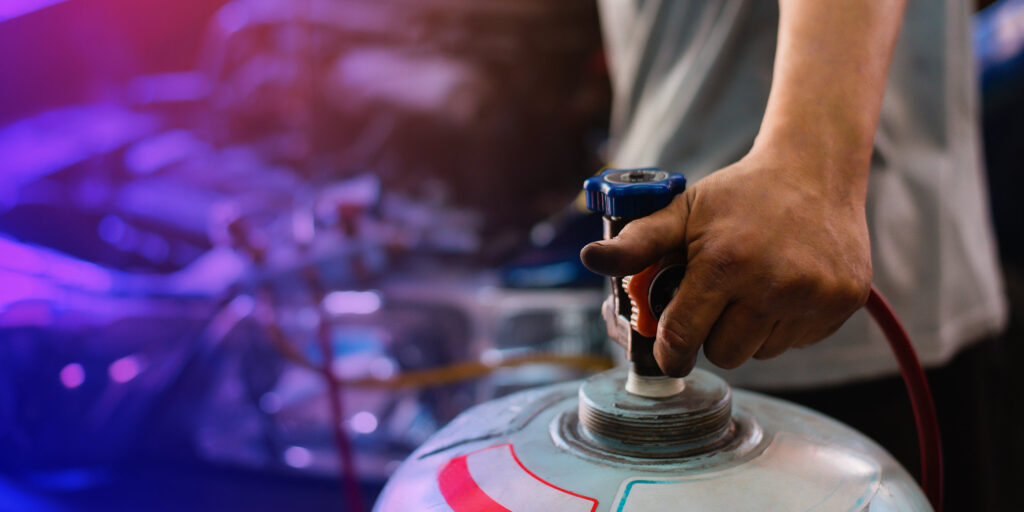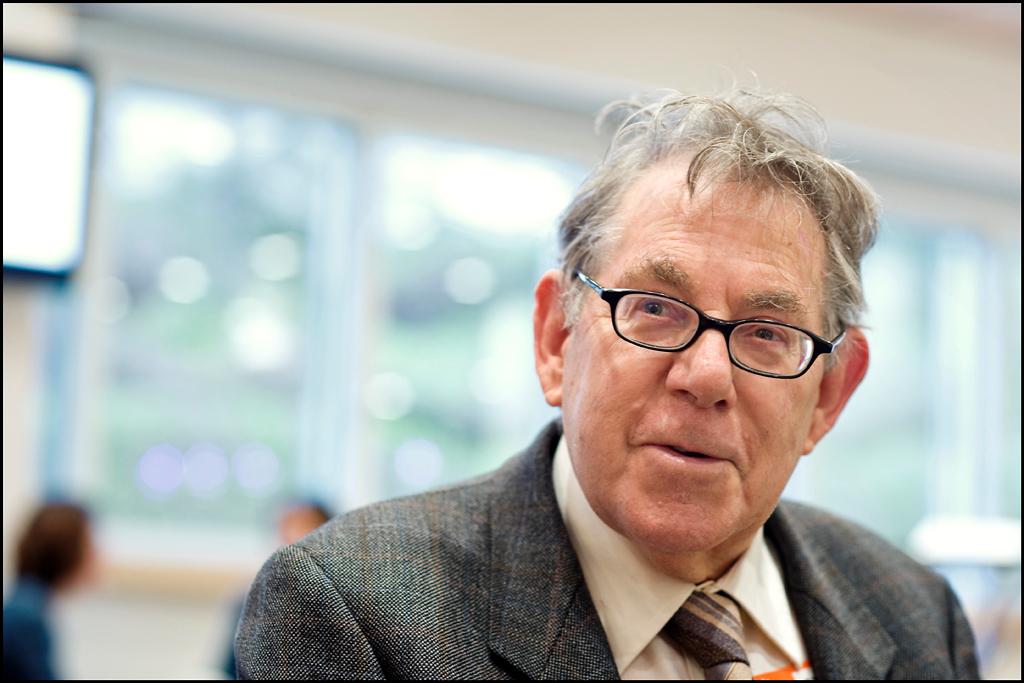ARC praises refrigerant techs
- PostedPublished 24 September 2021
The Australian Refrigeration Council (ARC) has commended the work of refrigeration and air conditioning technicians, following the release of a paper highlighting the achievements of the global environment-protecting Montreal Protocol.
“While you won’t find refrigeration and air conditioning apprentices studying about repair jobs for oxygen molecules in the stratosphere,” said ARC in a press release, “the skilled work of licensed technicians to control the use of refrigerants is having a very real impact on the ozone layer and the environment.”

The 18-page Environmental Effects Assessment Panel: Summary Update 2020 for Policymakers document, from the United Nations Environment Programme (UNEP), notes that the Montreal Protocol has been “highly effective” in protecting the ozone layer and preventing significant increases in global warming.
The effort put in by ARC-licensed businesses and technicians to properly install, inspect, maintain and upgrade refrigeration systems has reportedly contributed to direct emissions reductions of 24.37 Megatonnes of CO2 equivalents – and, by 2030, ongoing efforts and the ARCTick licensing scheme will help provide estimated direct emissions reductions of some 58 Megatonnes of CO2 equivalents.
“Whatever way you slice it, licensed technicians are making a positive difference to the environment and the world, and that’s something about which we can all be very proud,” said ARC.
Crackdown on CFC-11 pays off
Global emissions of ozone-depleting CFC-11 have fallen to pre-2013 levels, according to new reports, following a significant spike caused predominantly by illegal production.
The two studies, which were published in the scientific journal Nature in February, document the rapid fall and ongoing decline of emissions of the banned CFC.
Scientists suggest that the notable reduction in emissions is the result of a clampdown on illegal production and use of CFC-11, prompted by ongoing observation and prominent reports on the matter, and that ozone layer recovery subsequently appears unaffected.
The chlorofluorocarbon had been phased out in 2010, as part of the Montreal Protocol’s efforts to eliminate ozone-harming substances. However, in 2018, a team of scientists flagged an alarming rise in CFC-11 levels, the origin of which could be traced back to 2013.
It ultimately transpired that around half the new emissions were the result of illegal production and use of CFC-11 in China.
Papers such as Blowing It, which was published by the Environmental Investigation Agency (EIA) and documented the surge, subsequently seemingly caused Chinese authorities to identify and shutter industrial sites using the substance.
However, concerns remain about the other unidentified emissions, as well as the unknown quantity of CFC-11 in equipment and insulating foams that may escape in the future.
Vale Paul Crutzen, ozone scientist
The passing of Paul Crutzen in January means all the three Nobel-Prize-winning scientists who discovered the effect of CFCs and the Antarctic ozone hole are no longer with us.
Mario Molina, Frank S Rowland passed away in October last year. Along with Paul Crutzen, they were awarded the Nobel Prize for Chemistry in 1995.

Their legacy is the international Montreal Protocol agreement of 1987 and the phase out of ozone-depleting substances that were once commonly used as refrigerants, propellants and foam-blowing agents.
Before his retirement in 2000, Amsterdam-born Crutzen who had a PhD in meteorology spent more than a decade teaching at the University of Oxford, the National Center for Atmospheric Research in Colorado, the University of Chicago and the University of California.
In 1980, he returned to Europe and became director of the Atmospheric Chemistry Department at the Max Planck Institute for Chemistry in Mainz, Germany.
- CategoriesIn SightGlass
- TagsSightglass News Issue 23

